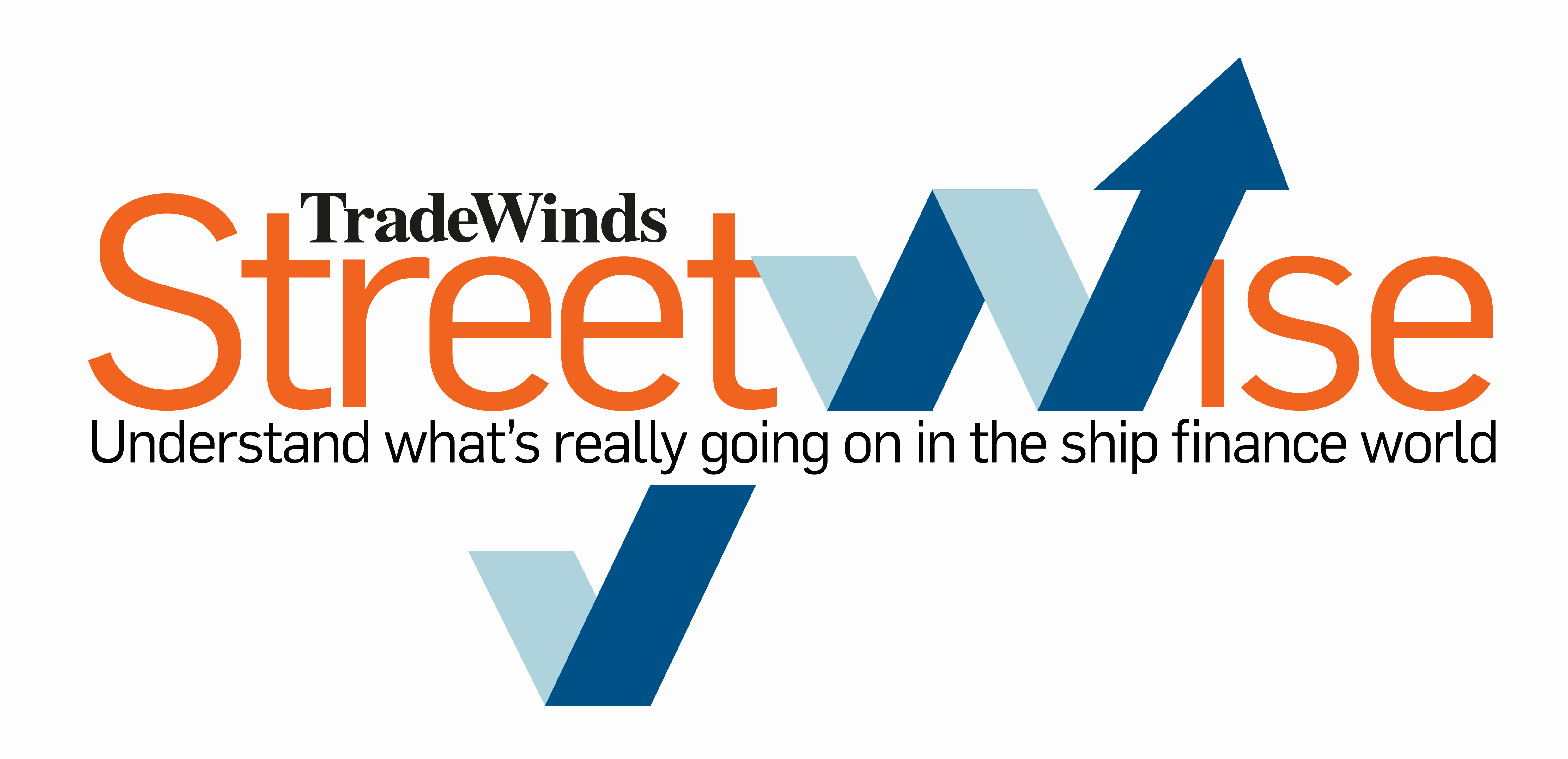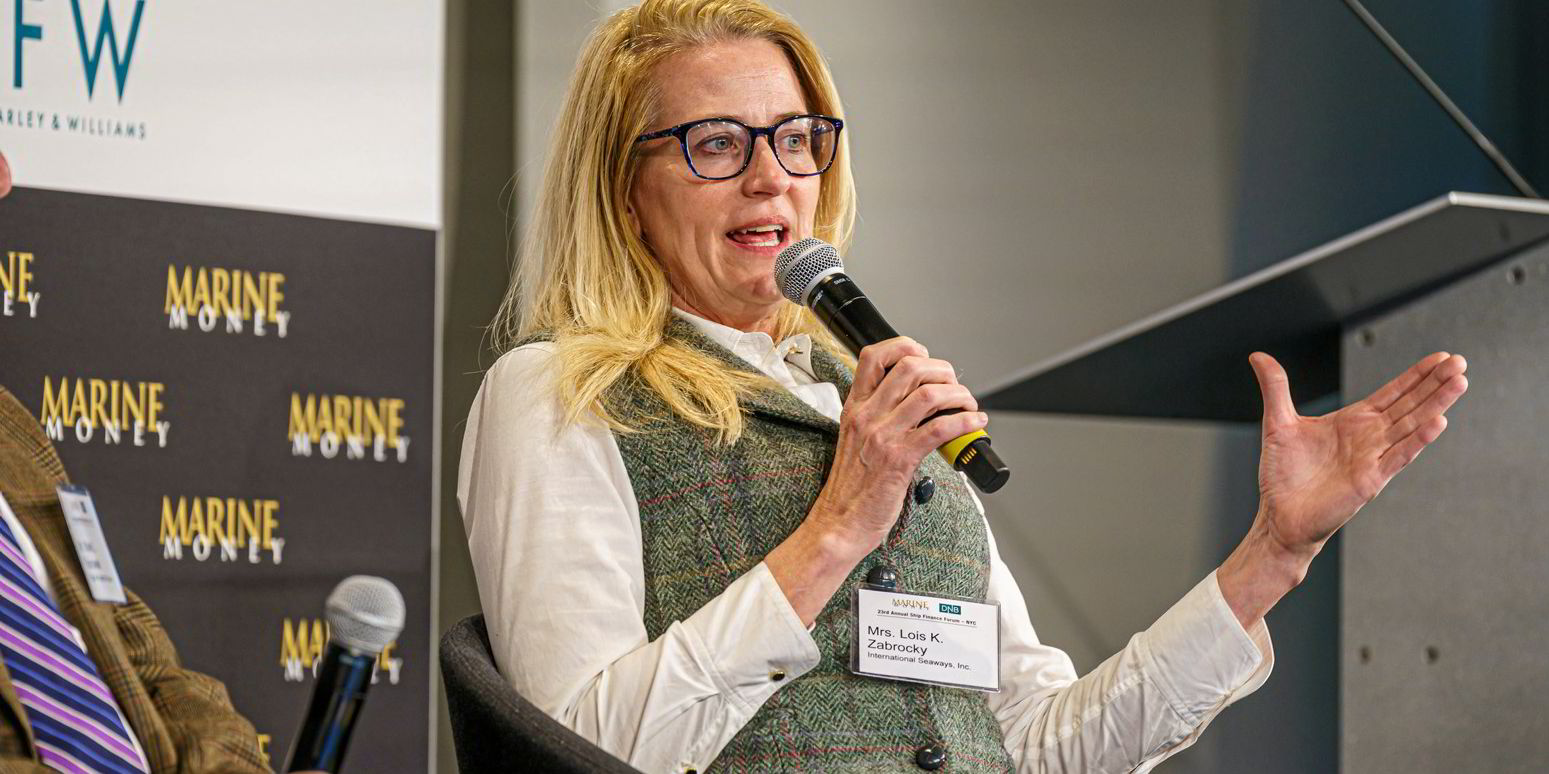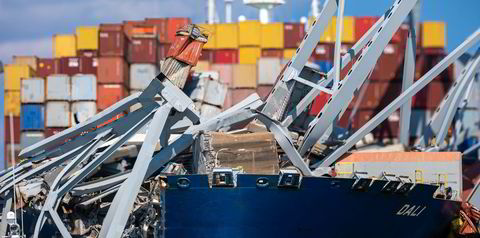It’s a fair question to ask: when tanker stocks finished 2022 with returns between 72% and 326%, can investors expect the sector to repeat that kind of performance in 2023?
The answer quite likely is no, if only because the stocks began the previous year at such a low base that outsized returns became possible — and among the best in the entire US stock market.
As veteran shipping investor Jeremy Kramer told Streetwise in a December interview, “To me the easy money already has been made.”

It’s partly why veteran analyst Omar Nokta of Jefferies and his former colleague at Clarksons Securities, Turner Holm, have both said that dry bulk, and not tankers, is the place for investors to stake their bets in 2023.
But that doesn’t mean there isn’t still money to be made on the tanker side. And even if not everyone is quite as bullish as Evercore ISI analyst Jonathan Chappell — who titled a recent client note Tankers: Is It Done? No, It’s Only Just Begun, the believers have some fundamentals on their side.
An imminent spate of fourth-quarter earnings reports — to be kicked off by Belgium’s Euronav on today — will produce some record and near-record results, perhaps providing at least a short-term sugar high for investor interest.
Euronav probably is not the ideal company to be leading off, giving that its performance has become dislocated from market fundamentals and almost entirely tied up in the status of its aborted merger attempt with John Fredriksen’s Frontline.
“Most of the investor conversations I’ve had around Euronav in the last weeks have not been with the usual shipping or energy-oriented hedge funds or long-onlies but rather merger-arbitrage or event-driven investors,” Nokta told Streetwise.
Euronav’s fourth-quarter performance also may not be as elevated as some peers, including International Seaways, which has tipped that it will report its strongest three-month results since becoming a public company in 2016.
Nokta sees a temporary lift at best for the tanker group as the stronger peers report.
But a deeper dive reveals fundamentals that should serve the stocks, and investors, well through the year.
For starters, there’s been a transformation in balance sheets as rates recovered throughout 2022.
The eight owners under Jefferies’ coverage at 23 January had an average net loan-to-value (LTV) ratio of 22%, compared to 50% a year earlier.
Ireland’s Ardmore Shipping — the top shipping stock of the year with a 326% return — saw net LTV fall to 7%, while Teekay Tankers stood at 11% and DHT Holdings at 12%.

Even product tanker giant Scorpio Tankers, which started the year with a worrisome debt load, was down to 25% by year’s end after cutting more than $1bn in obligations.
“This came about from two factors,” Nokta said. “The values of the ships have gone up after being depressed a year ago as people threw in the towel on the idea of a tanker recovery. And second, there’s the large amount of cash that has come into these companies.”
Add to this the normal amortisation payments on loans at a time when owners are not taking out new debt because they are not ordering new ships — be this from uncertainty over future propulsion systems, scarcity of shipyard slots or, perish the thought, actual discipline by management teams.
Supply is cooperating
This, by the way, brings up another of those positive fundamentals: minimal fleet growth. Paris shipbroker BRS Group said this week that only 85 tankers were ordered in 2022 with an overall orderbook of 231, the lowest since 1997.
An effective cap on vessel supply through the end of 2025 lends some certainty to market prospects even amid complex questions of the demand side, such as supply dislocations from Russia’s war on Ukraine, Opec+ production levels and the impending return of China as an important market driver.
“The preceding 10 to 12 years were pretty sloppy for tankers and for shipping in general,” Nokta said. “Leverage was high and it was pretty binary: stocks went up when rates went up and then back down again. This time it’s different. You’re really delevered and your downside is much better protected.
“Because you’re delevered and not concerned about your balance sheet, you can comfortably pay out dividends. And it’s not just the companies that have comfort. The investors have comfort in buying the equities and knowing that the dividend is going to be sustainable.”
More ship finance news
Two shipowners who regularly place near the top of shipping’s rankings on environmental, social and corporate governance (ESG) measures have won further approval from a most famously ESG-conscious investment fund in the US. Click here to read.
Dorian LPG, a US-listed owner and operator of VLGCs, confirmed on Wednesday expectations for extra cash distributions for shareholders, amid a record quarterly revenue and soaring profit. Click here to read.
Norwegian offshore vessel giant DOF Group is facing another attempt by rebel shareholders to replace its board as a key decision on its possible bankruptcy approaches. Click here to read.




